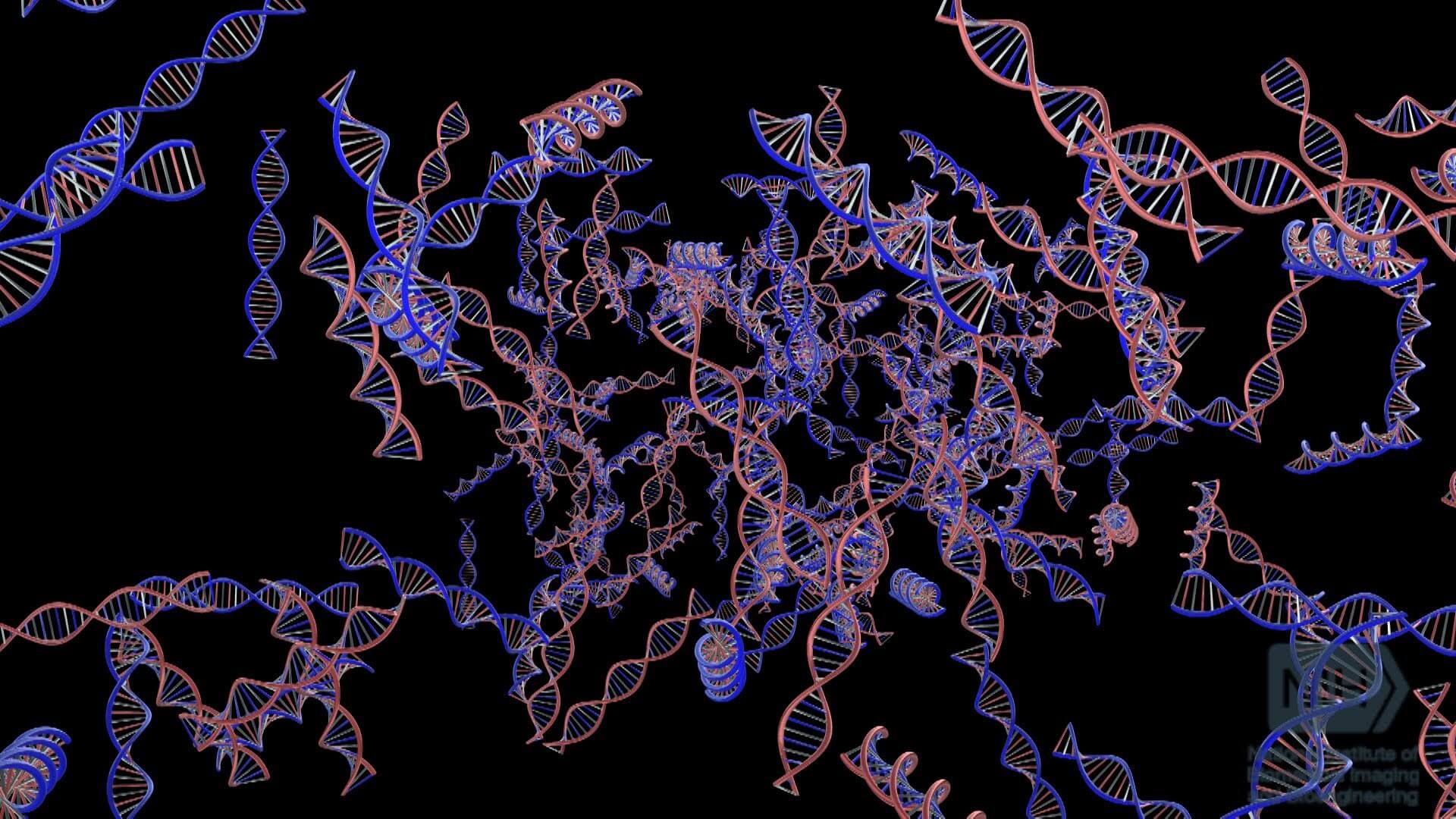Biology is the most tested subject on the MCAT. This makes sense since physicians need to know a lot of biology. The MCAT biology material is split between molecular biology and physiology. In this post, we will focus on the molecular biology, specifically genetics.
This is a topic that many students are introduced to at an early age. You may have heard about DNA as early as elementary or middle school. As you continued onto high school and then college, you delved deeper into the material, learning more advanced genetics concepts. The good news is that you do not need to know genetics to the same depth as a college genetics class. Here, we discuss what exactly you need to know about MCAT genetics.

Photo by thegates
What You Need to Know for the MCAT
These are the concepts you need to know according to the content outlines for the MCAT:
- Structure of nucleic acids: nucleotide vs. nucleoside, purines and pyrimidines, nitrogenous bases, Watson-Crick model, base pairing, denaturation, reannealing, hybridization
- DNA replication: mechanism of replication, semi-conservative replication, DNA replication enzymes, origin of replication, replication at ends of DNA, and prokaryotic vs. eukaryotic DNA replication
- DNA repair: repair during replication and repair of mutations
- Genetic code: central dogma, triplet code, codon-anticodon, wobble pairing, start codon, stop codons, missense mutations, and nonsense mutations
- Transcription: mRNA, tRNA, rRNA, mechanism of transcription, eukaryotic mRNA processing, ribozymes, spliceosomes, small nuclear ribonucleoproteins, small nuclear RNAs, and evolutionary importance of introns
- Translation: ribosome structure, initiation, termination co-factors, and post-translational modications
- Eukaryotic chromosome organization: chromosomal proteins, single copy vs. repetitive DNA, supercoiling, heterochromatin vs. euchromatin, telomeres, and centromeres
- Prokaryotic gene expression: operon/Jacob-Monod model, gene repression, and positive control
- Eukaryotic gene expression: transcription regulation, transcription factors, gene amplification/duplication, alternative splicing, regulation of chromatin structure, DNA methylation, and non-coding RNAs
- Cancer: description, oncogenes, and tumor suppressor genes
- Biotechnology: gene cloning, restriction enzymes, DNA libraries, generation of cDNA, expression of cloned genes, polymerase chain reaction, gel electrophoresis, southern blotting, DNA sequencing, analyzing gene expression, and determining gene function
- DNA as genetic material: evidence
- Mendelian concepts: phenotype/genotype, gene, locus, allele, homozygosity, wild-type, recessiveness, complete dominance, co-dominance, incomplete dominance, leakage, penetrance, expressivity, hybrid viability, and gene pool
- Mitosis/meiosis: mechanism of mitosis/meiosis, meiosis vs. mitosis, law of segregation, law of independent assortment, linkage, recombination, single/double crossovers, synaptonemal complex, tetrad, increasing genetic diversity, sex chromosomes, sex determination, and cytoplasmic/extranuclear inheritance
- Mutation: definition, mutation types (random, translation error, transcription error, base substitution, inversion, addition, deletion, translocation, transposons, mispairing), advantageous vs. deleterious mutations, inborn errors of metabolism, and mutagens vs. carcinogens
- Gene analysis: Hardy-Weinberg, genetic drift, testcross, gene mapping, crossover frequency, and biometry
As you can see, MCAT genetics is a major topic on the exam. With such a broad variety of topics, there are numerous ways that the exam can test genetics.
MCAT Genetics Practice Questions
To give you an idea of how the MCAT tests genetics, we have a couple practice questions for you to try. If you think you know the answers, go ahead and let us know by commenting below!
1. Which of the following is the result of increased histone acetylation?
A. The conversion of heterochromatin to euchromatin, leading to increased gene transcription.
B. The conversion of euchromatin to heterochromatin, leading to increased gene transcription.
C. The conversion of heterochromatin to euchromatin, leading to decreased gene transcription.
D. The conversion of euchromatin to heterochromatin, leading to decreased gene transcription.
2. In one plant species, the number of petals is determined by the petal gene, where six petals (S) is dominant to five petals (s). What are the chances that a six petal flower and five petal flower will have an offspring with five petals?
A. 1/2
B. 1/4
C. 1/6
D. 1/8
Hopefully, you now have a better idea of what you need to know about MCAT genetics for the exam. Make sure to check out our other posts MCAT Amino Acids: What to Know and MCAT Hormones: What to Know to learn more about other key concepts tested on the MCAT! If you’re still looking for additional resources, Magoosh offers online MCAT prep!







Leave a Reply